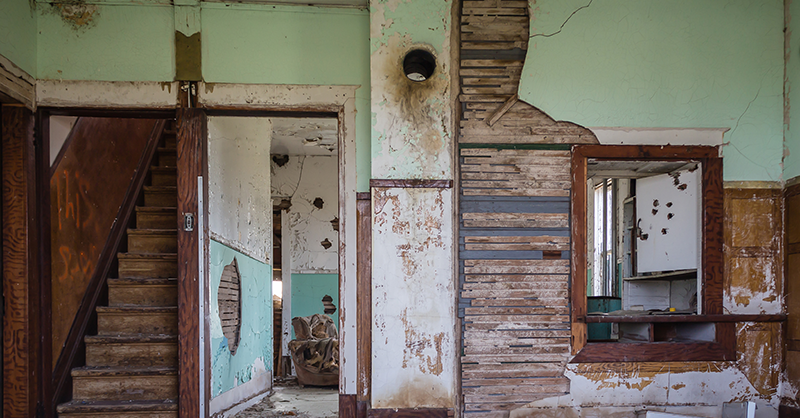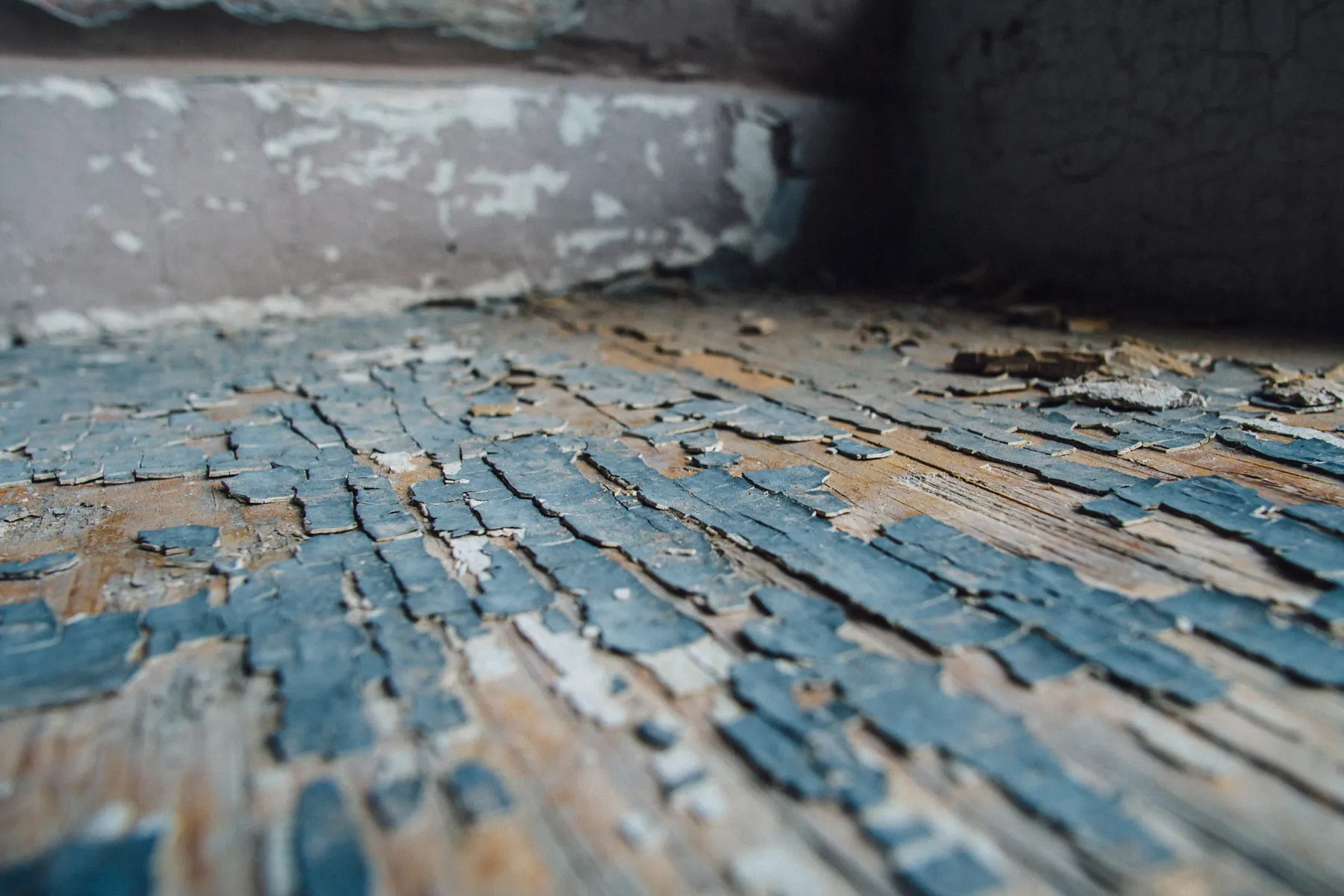Lead Paint in Historic Buildings: Safeguarding Heritage Structures
Eric Rodrigues, OAA, LEED AP BD+C, CAHP
Heritage buildings, steeped in history and architectural charm, often grapple with the challenge of lead paint—a common feature in structures erected before the 1970s. While lead paint poses health risks, particularly to vulnerable populations like children and pregnant women, its removal in heritage buildings necessitates a nuanced approach. In this article, we’ll explore strategies for effectively and safely managing lead paint in these cherished landmarks.

Lead paint is a common contaminant in most heritage buildings, since it was only banned in the 70’s.
Understanding the Risks
Lead-based paint, once favored for its durability and vibrant hues, has since been linked to various health concerns, especially among young children. During renovation or restoration projects in heritage buildings, disturbing lead paint can release hazardous lead dust or chips, posing significant health risks to occupants.
Tips for Dealing with Lead Paint
1. Assessment and Testing
Begin by conducting a comprehensive assessment of the property for lead paint. Enlist the services of a certified lead inspector to perform testing and identify areas where lead paint is present.
2. Professional Assistance
Seek guidance from professionals experienced in lead paint abatement for historic buildings. These specialists can devise a tailored plan that addresses the dual objectives of preserving historical integrity and minimizing health hazards.
3. Containment Strategies
Implement robust containment measures to control lead dust during renovation or restoration. This includes sealing off work areas, utilizing plastic sheeting, and deploying high-efficiency particulate air (HEPA) filters to contain lead particles.
4. Personal Protection
Equip workers with appropriate personal protective equipment (PPE), including respirators, coveralls, and gloves, to prevent exposure to lead dust. This precaution is indispensable for both professionals and homeowners involved in the restoration process.
5. Wet Methods and Low-Dust Techniques
Adopt wet methods and low-dust techniques during paint removal to minimize the generation of airborne lead particles. Wet scraping, wet sanding, and the application of chemical strippers can effectively reduce lead dust levels.
6. Ventilation
Ensure adequate ventilation in work areas to mitigate the concentration of lead dust. Employ exhaust fans, open windows, and consider utilizing negative air machines to capture and filter airborne particles effectively.
7. Lead-Safe Work Practices
Train workers and DIY enthusiasts in lead-safe work practices, encompassing proper cleanup procedures, waste disposal, and hygiene practices to prevent inadvertent lead dust dispersion.
8. Regular Cleaning and Monitoring
Conduct routine cleaning of work areas using HEPA vacuums and damp cloths. Monitor air quality during and after the project to verify that lead levels remain within acceptable limits.
9. Wet Methods and Low-Dust Techniques
If lead abatement is necessary in areas inhabited by children or pregnant women, prioritize their safety by considering temporary relocation during the work.

Almost every historic house contains some lead-based paint. In its deteriorated form, it produces paint chips and lead-laden dust particles that are a known health hazard to both children and adults.
Conclusion
Managing lead paint in historic buildings demands a delicate balance between preservation and safety. By adhering to these guidelines and collaborating with seasoned professionals, homeowners and restoration experts can navigate the complexities of lead paint abatement while safeguarding the historical significance of these beloved landmarks. Ultimately, conscientious management of lead paint ensures that heritage buildings endure as enduring reminders of the past, without compromising the well-being of their occupants.
I hope this article has helped you with your planning. If you have questions, book a free 30-minutes Discovery Session with Boldera Architecture. This will unlock the full potential of your project and help you develop a quick action plan. My goal is to help you develop successful projects.






